
Here in Kimana Sanctuary, giants roam freely at the feet of Kilimanjaro. The stream provides a soft rhythm that brings life in the form of water. The sunrise brings warm rays of light from the east, illuminating the mountain. Later, sunset is celebrated by the guardians of this land, the Maasai, who watch over this first community-owned wildlife sanctuary in Kenya.
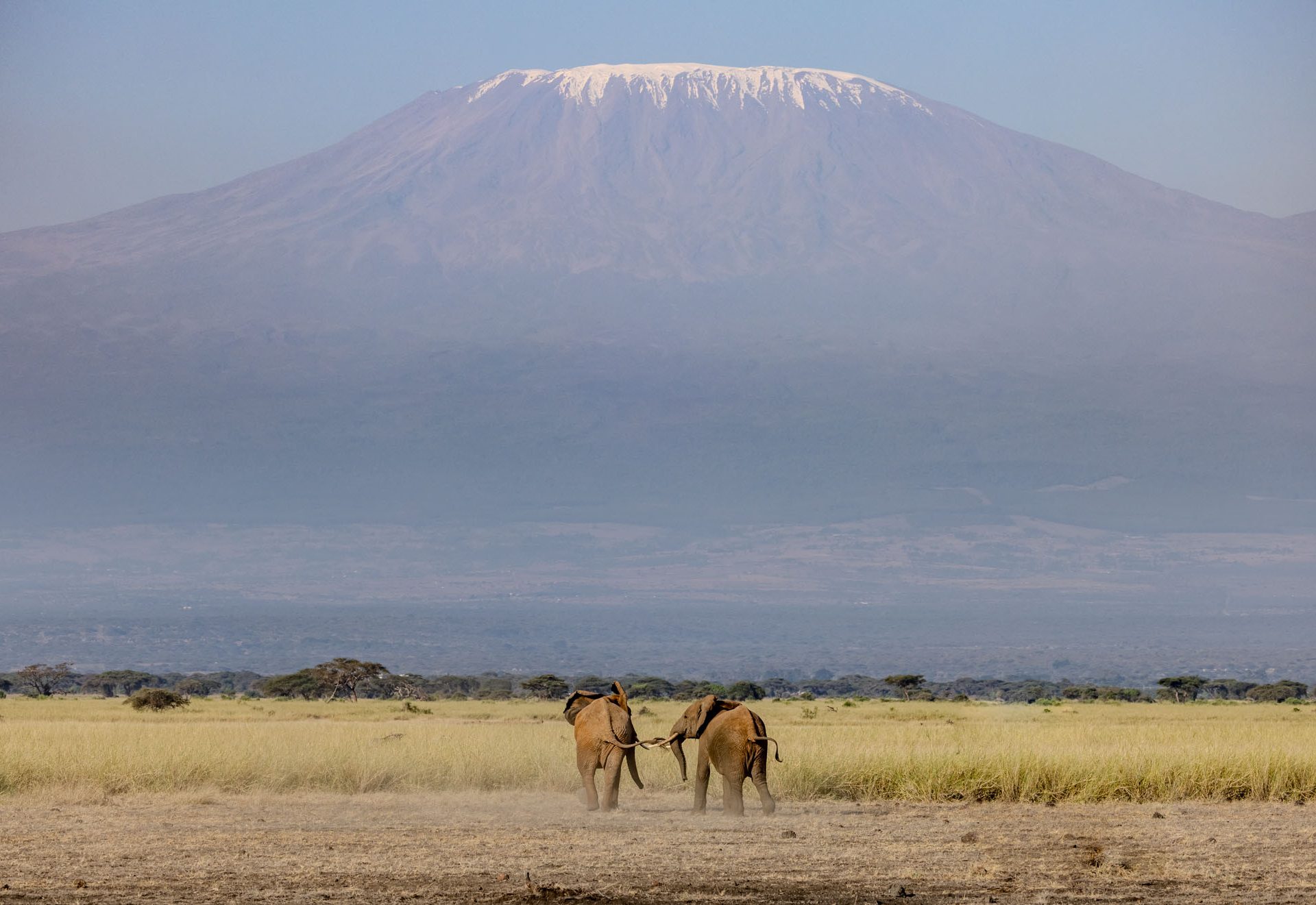
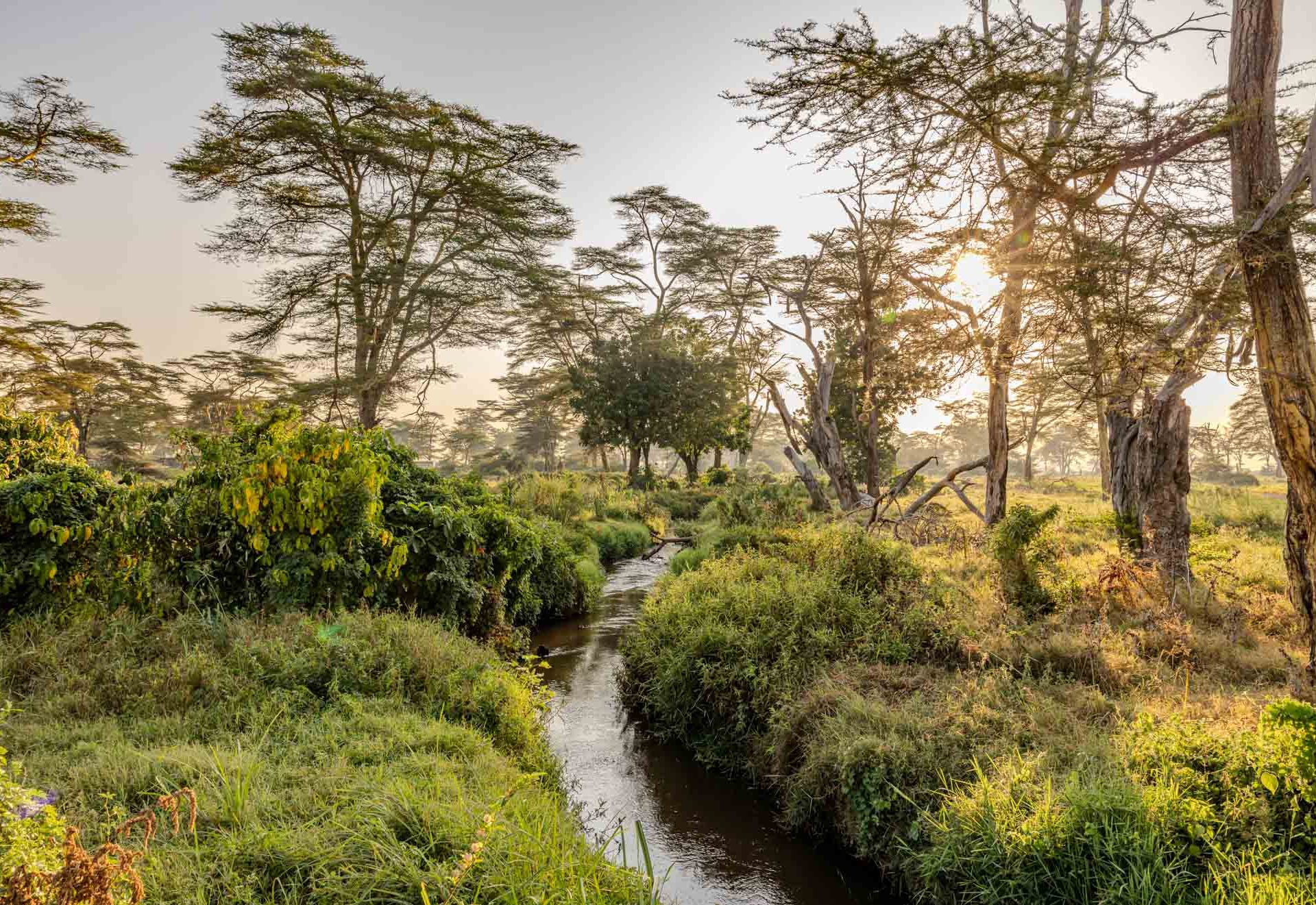
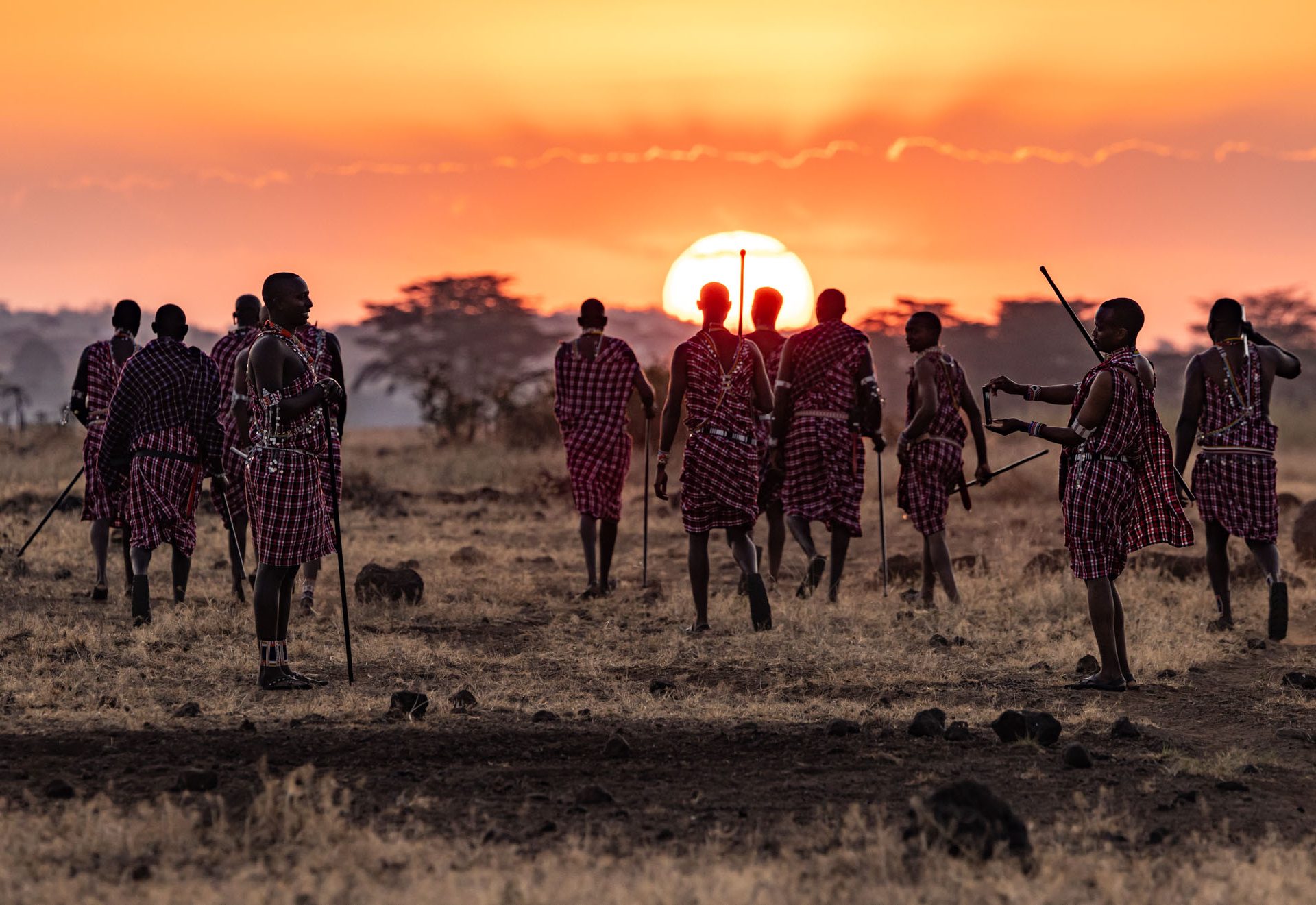
One of the last Super Tuskers of the Amboseli ecosystem has been gracing us with his presence near the National Park. It is hard to describe the significance of being in the presence of such a majestic creature. Craig, at 52 years old, is perhaps the biggest Tusker alive at the moment. One of our guests, Riccardo, said his experience with Craig was a dream come true and an experience he will cherish forever.
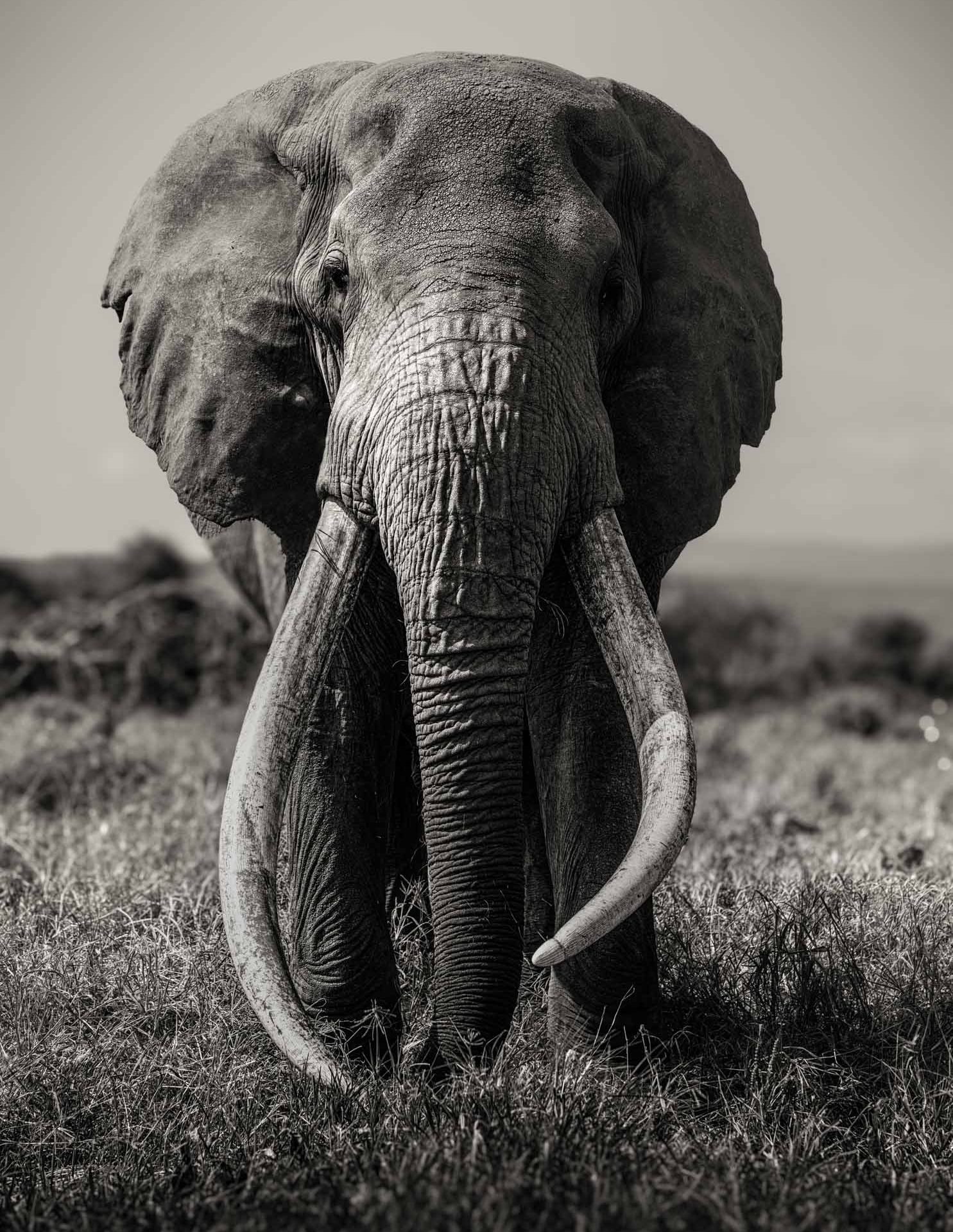
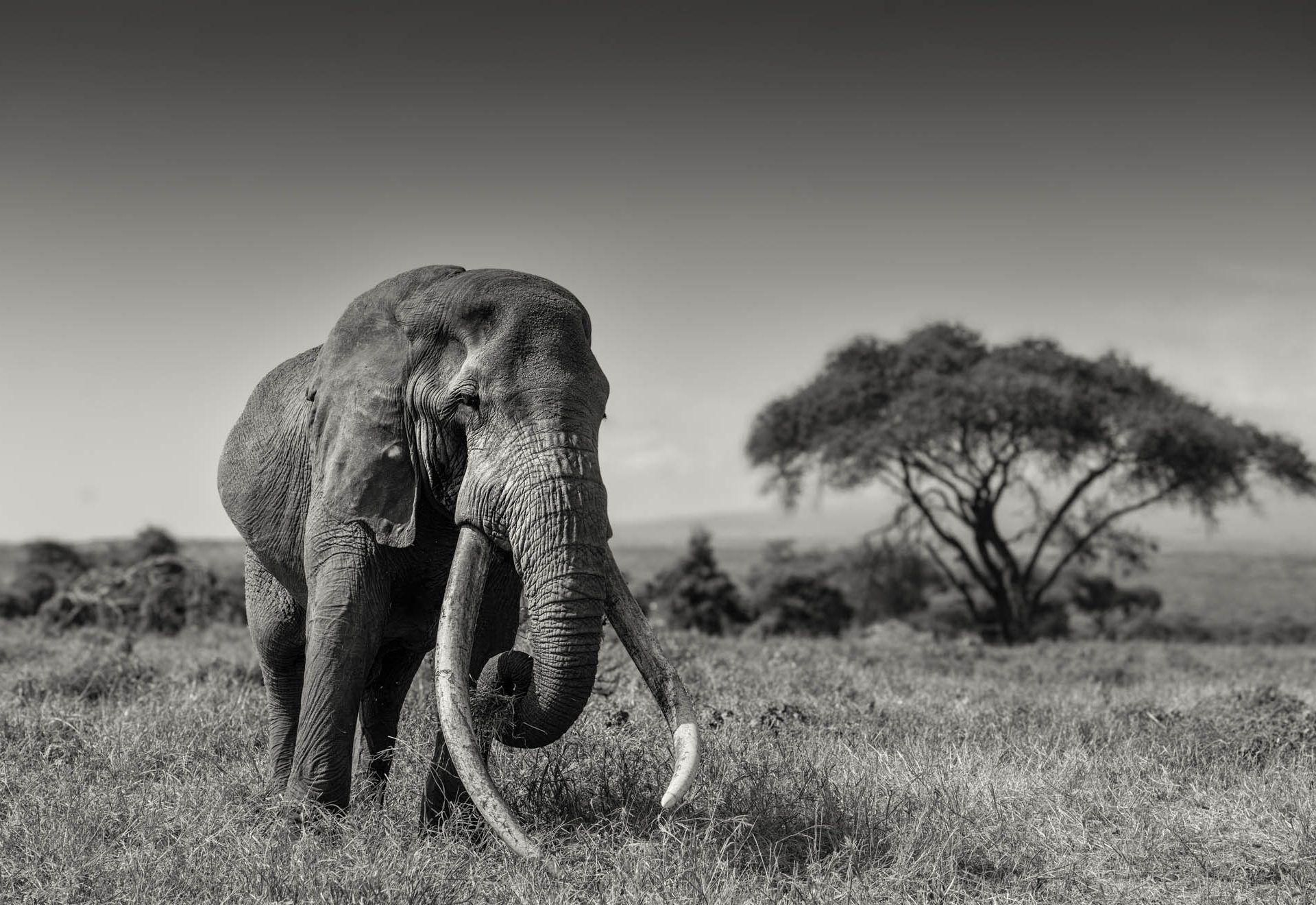
Inside Amboseli National Park is a dry lake, once filled with water during the Pleistocene era. Though the water has vanished, its memory lingers below the surface. The elephants follow the whispers of ancient routes and pathways created from millions of steps across the land. For many animals — but especially for elephants — the knowledge of water sources in this unforgiving landscape is the difference between life and death.
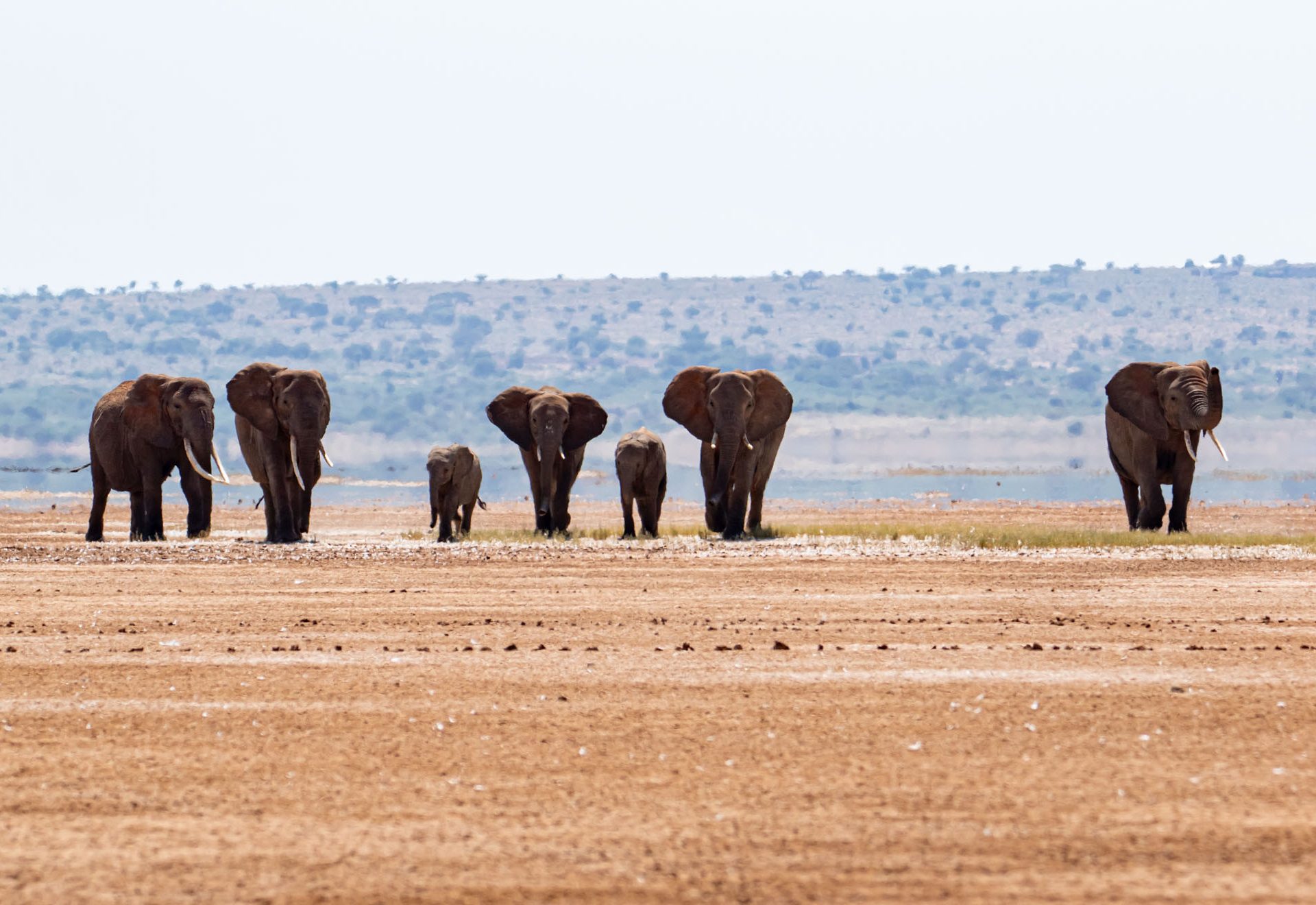
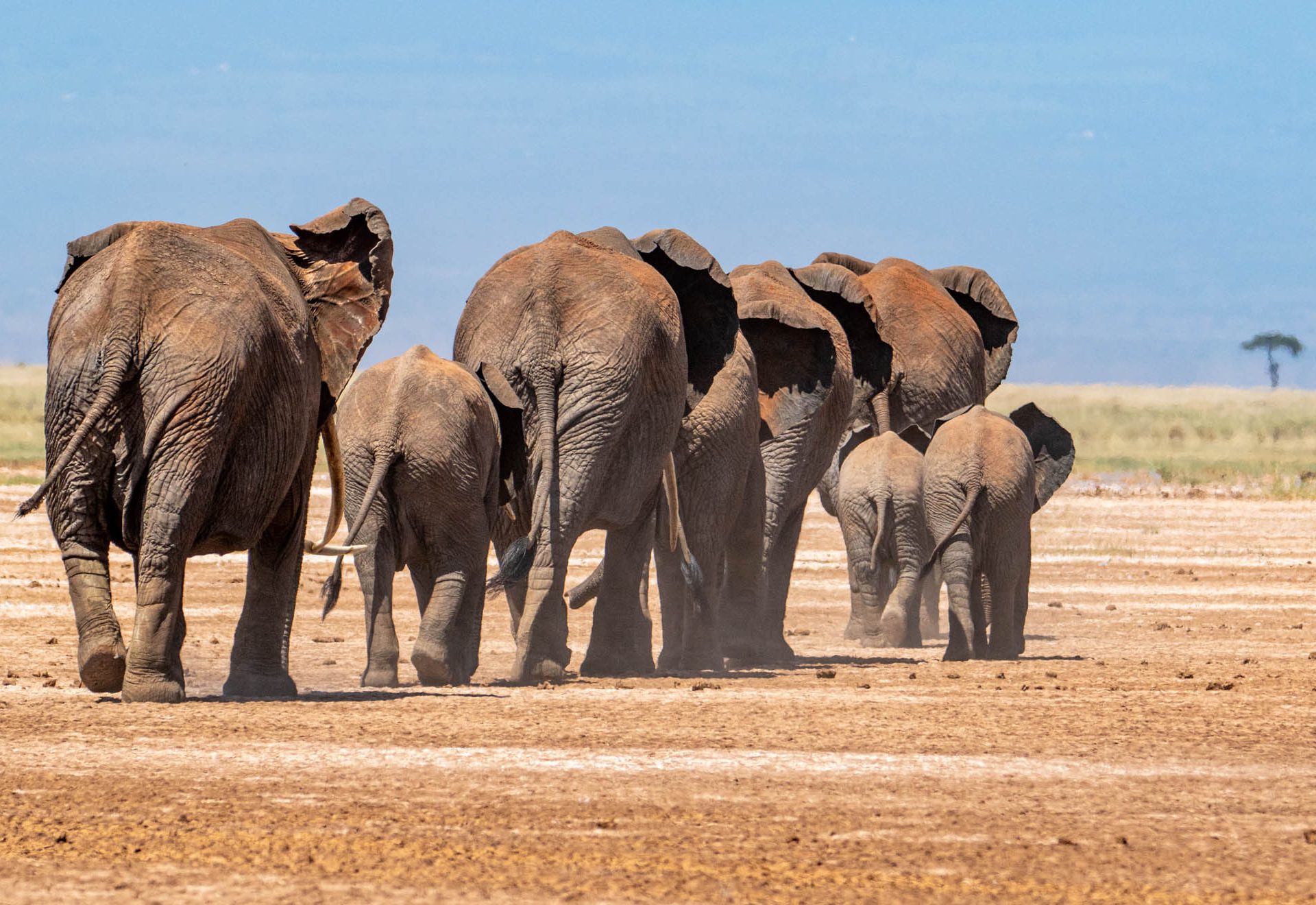
Elephants boast some of the longest eyelashes of any other animal, reaching up to five inches long, having evolved to protect their eyes from the savannah's harsh environments. The lashes are thick and sturdy, almost like wire. Interestingly, some experts believe that elephants' eyelashes are a tool used in communication. In the way certain head positions or ear flaps can signal different moods, certain eyelash movements can also contribute to a subtle visual language between individuals.
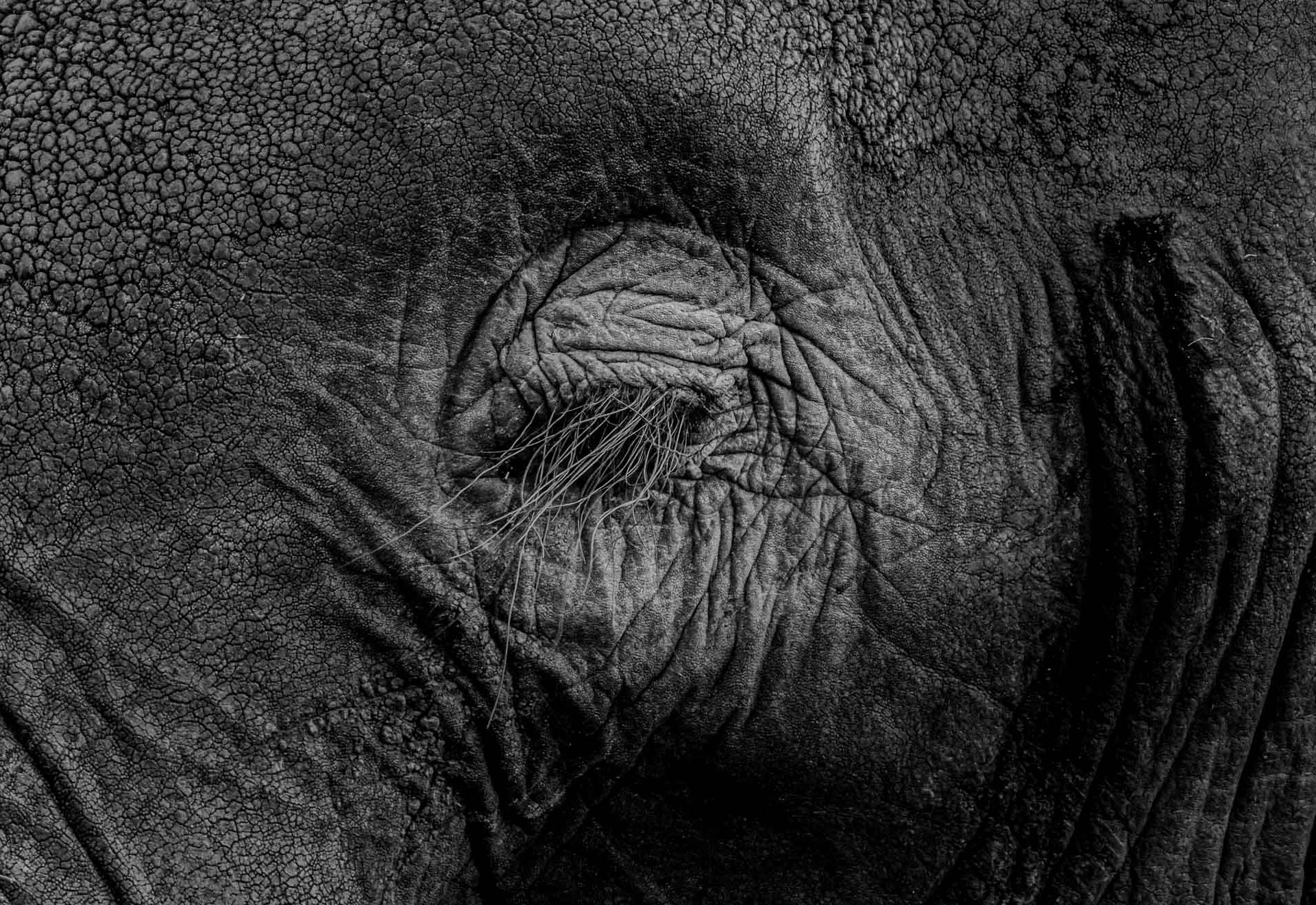
The legs of ostriches are incredibly powerful. Not far from the lodge, we spotted large groups of them. As our vehicle drew closer, a pair, a male and a female, began to run. The speed from standing to full-on sprint is a sight to see. They are the fastest birds on earth, reaching up to 70 kilometres per hour and maintain that speed for extended periods of time. Their legs act like springs, absorbing the impact of each step, allowing efficient energy transfer during running.
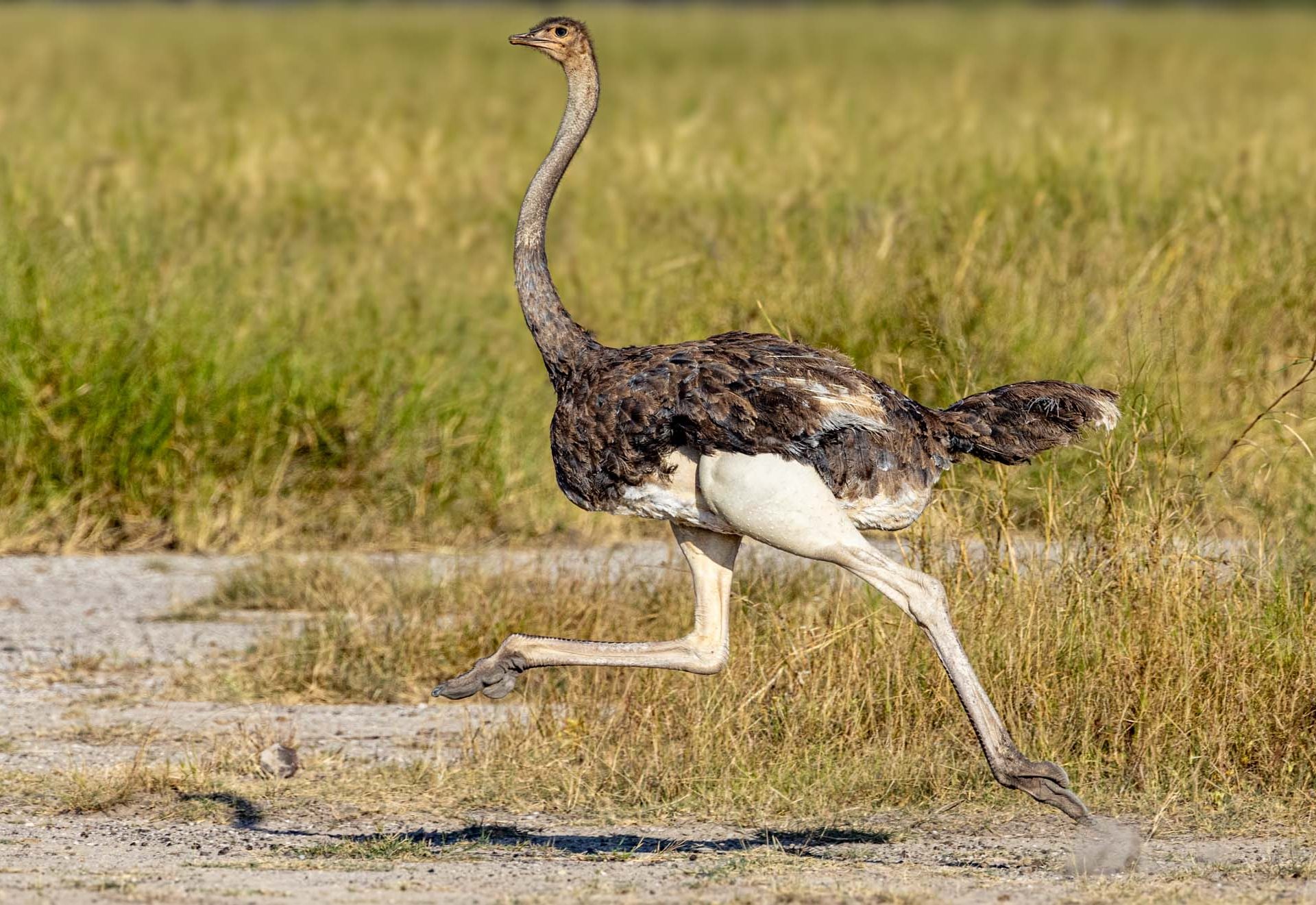
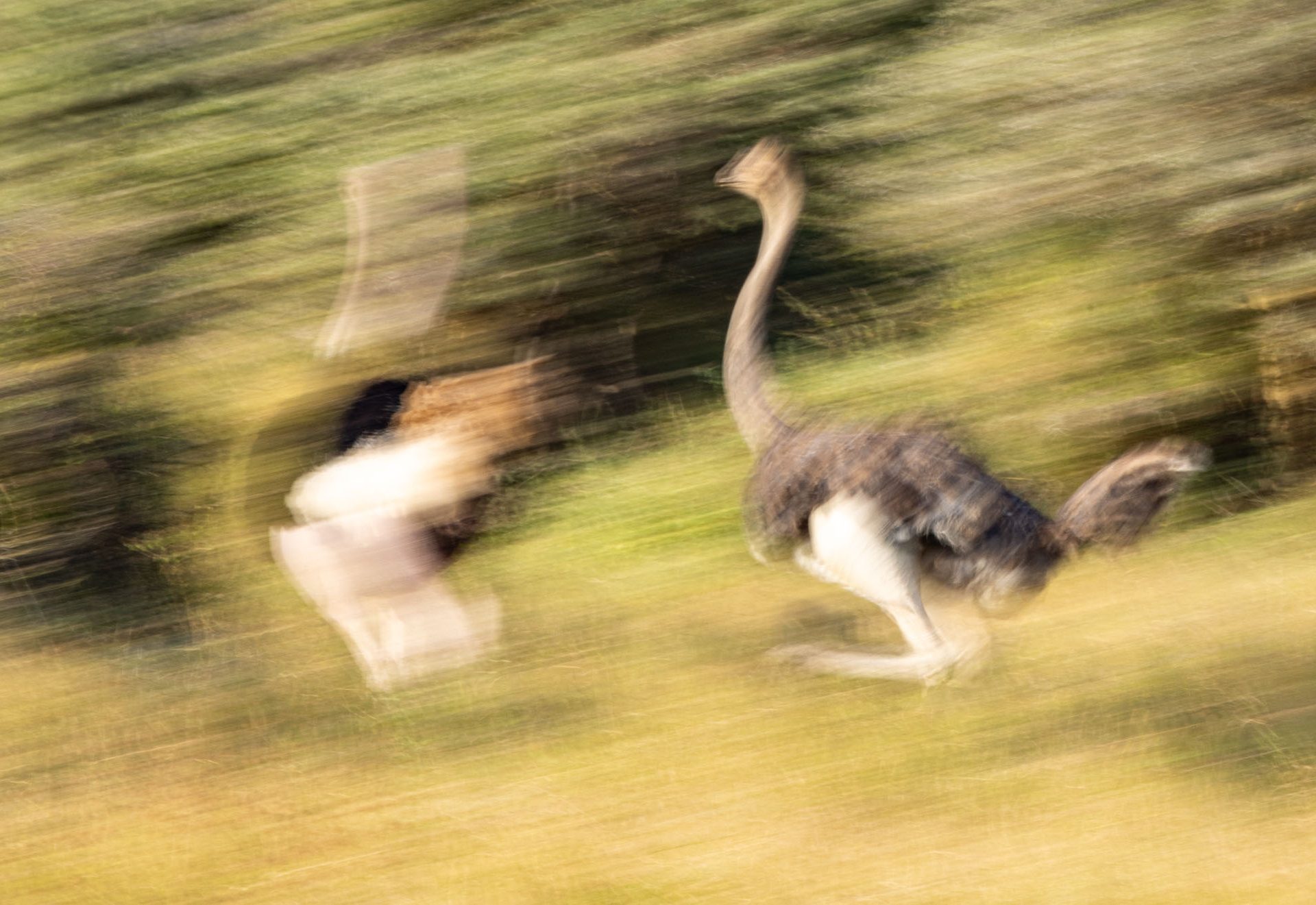
Kimana has some of Africa's more unique antelopes, such as the gerenuk. This is long-necked gazelle that is perfectly adapted to life in dry areas with little water. The name comes from the Somali word 'garanuug', which means giraffe-necked. These animals have adapted to eat succulent leaves, flowers, and fruits but not grass, and they get the water they need mainly from the food they consume. Through their specialized diet, efficient digestive system, and water-conserving adaptations, the gerenuk can survive their entire lives without ever needing to drink a single drop of water.
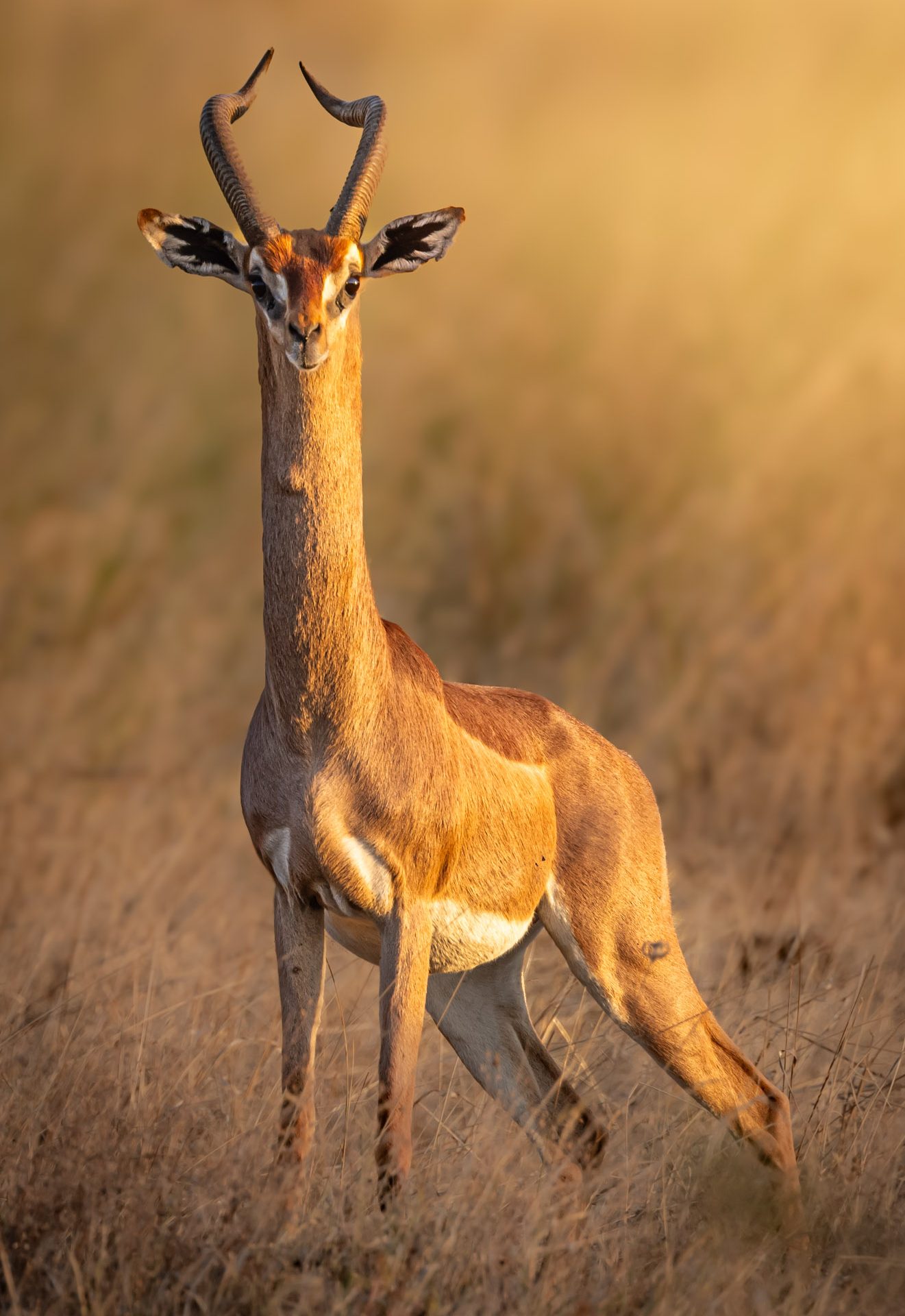
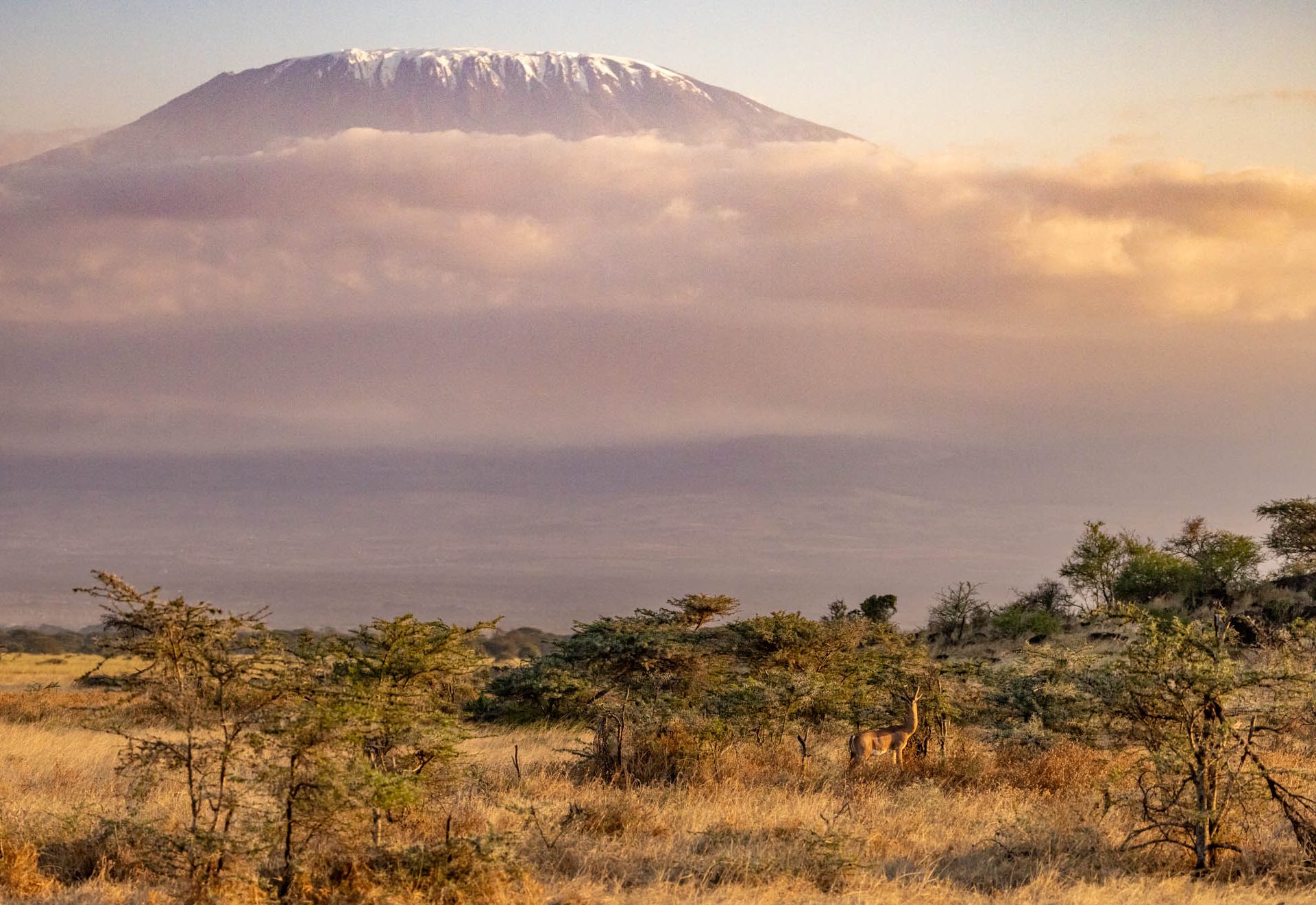
As mentioned in previous blogs, several lions have made Kimana Sanctuary their home — two males in particular, Oshunash and Male 263. These boys were spotted near the carcass of a warthog. Both have some wounds, and it seems that even though they are regularly seen together, these two males have been fighting with one another over the right to mate with the two females recently seen in the Sanctuary — whom we believe might both be pregnant. Is this the beginning of a Kimana Pride? -Andrew Andrawes

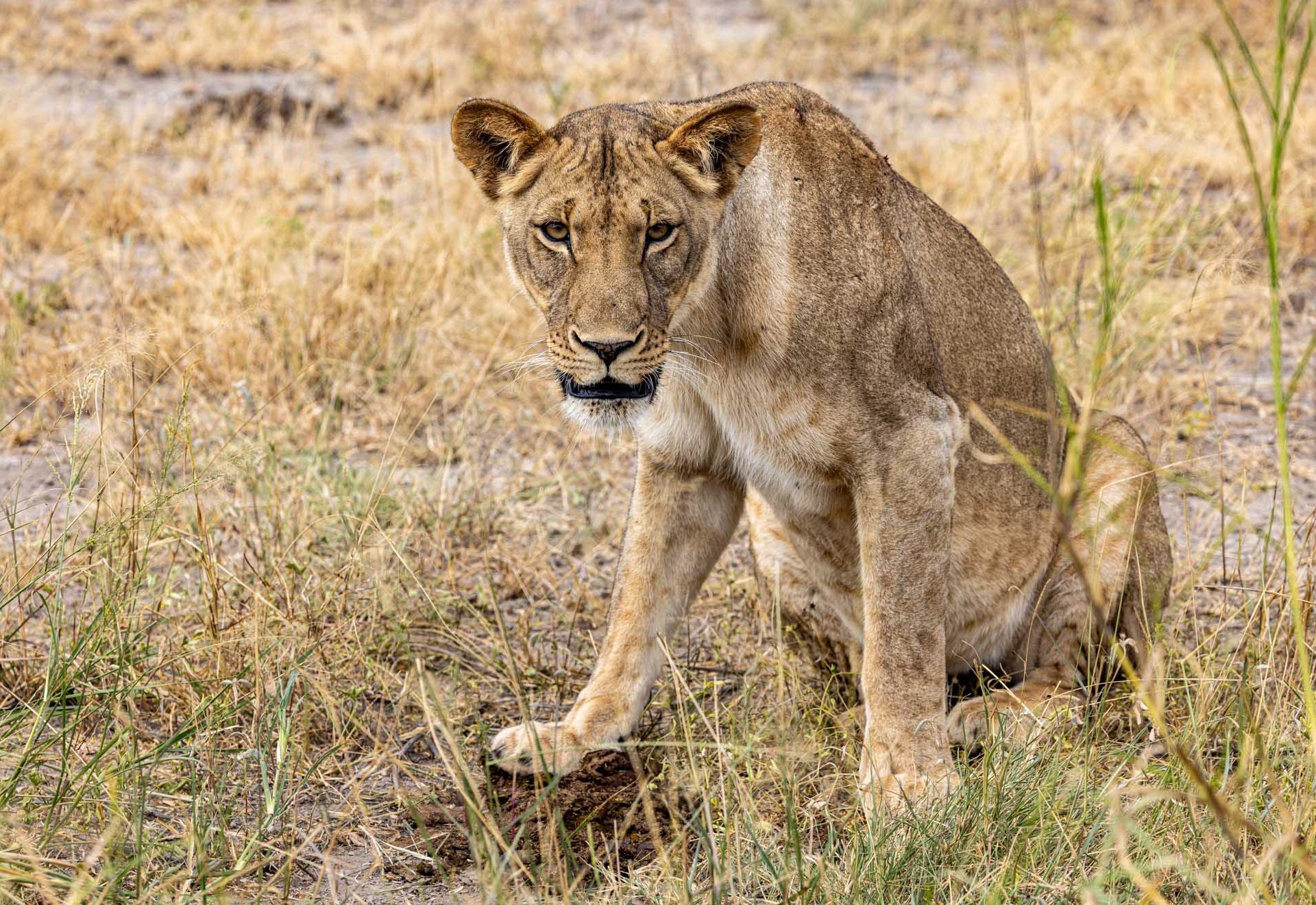
Originally from the Serengeti, Oloti has been moving back and forth between Tanzania and Kenya, and even venturing into the Greater Mara by crossing the Mara River when the water level is low. Earlier this week, we caught up with him coming from the border side, heading north of the Triangle towards the Mara River.
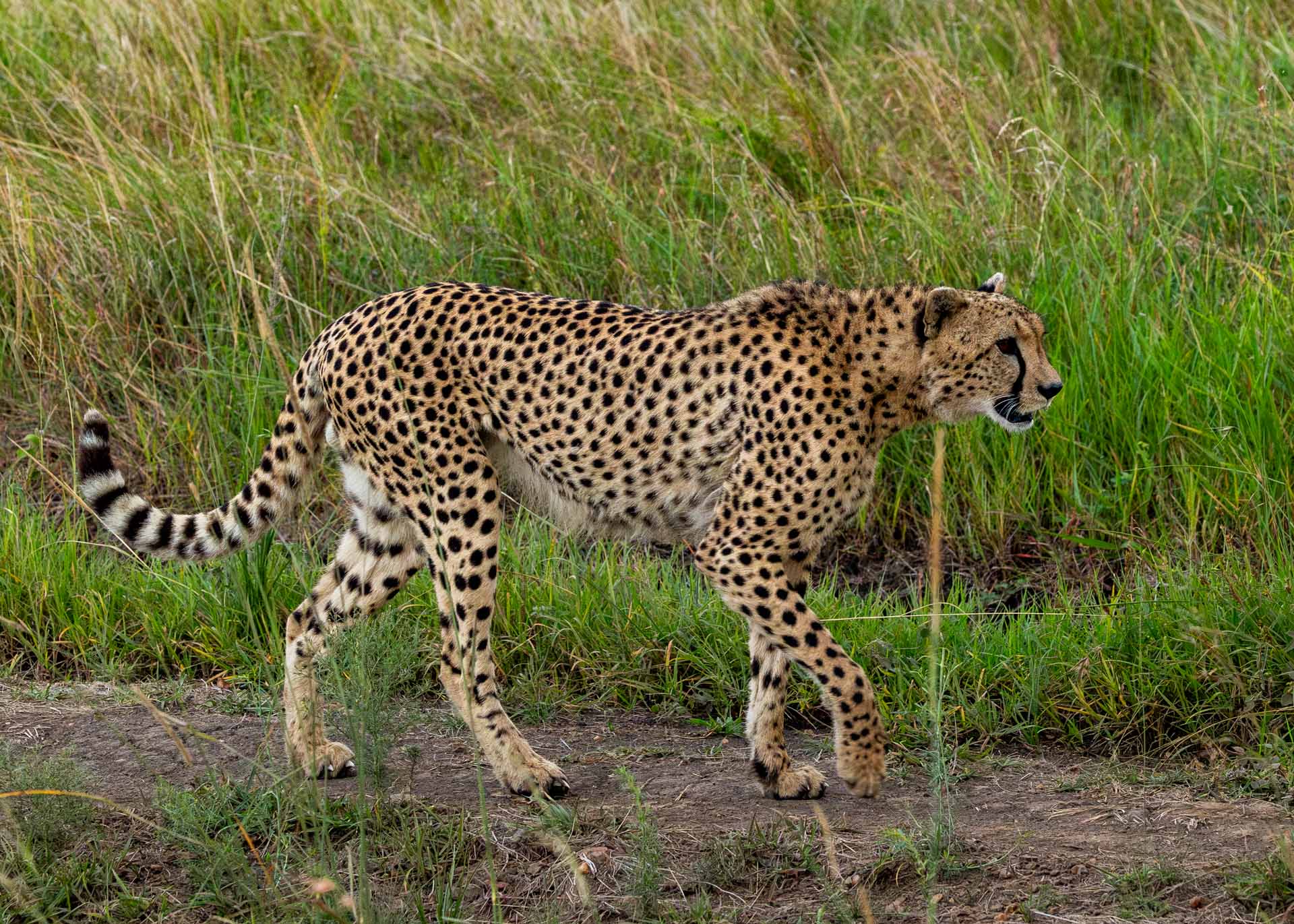

Two days later, we found him on the banks of the Mara River at the Vumbi Vumbi crossing. According to the guides who had seen him earlier that day, he seemed intent on crossing but decided otherwise, as the water level was not low enough for safe passage. Dr. Elena, who heads the Mara-Meru Cheetah Conservation Program, mentioned that about a year and a half ago, Oloti suffered a joint dislocation in one of his hind limbs, which took some time to heal after treatment. It's a huge relief that he has fully recovered, as such an injury almost always spells doom for a lone cheetah.
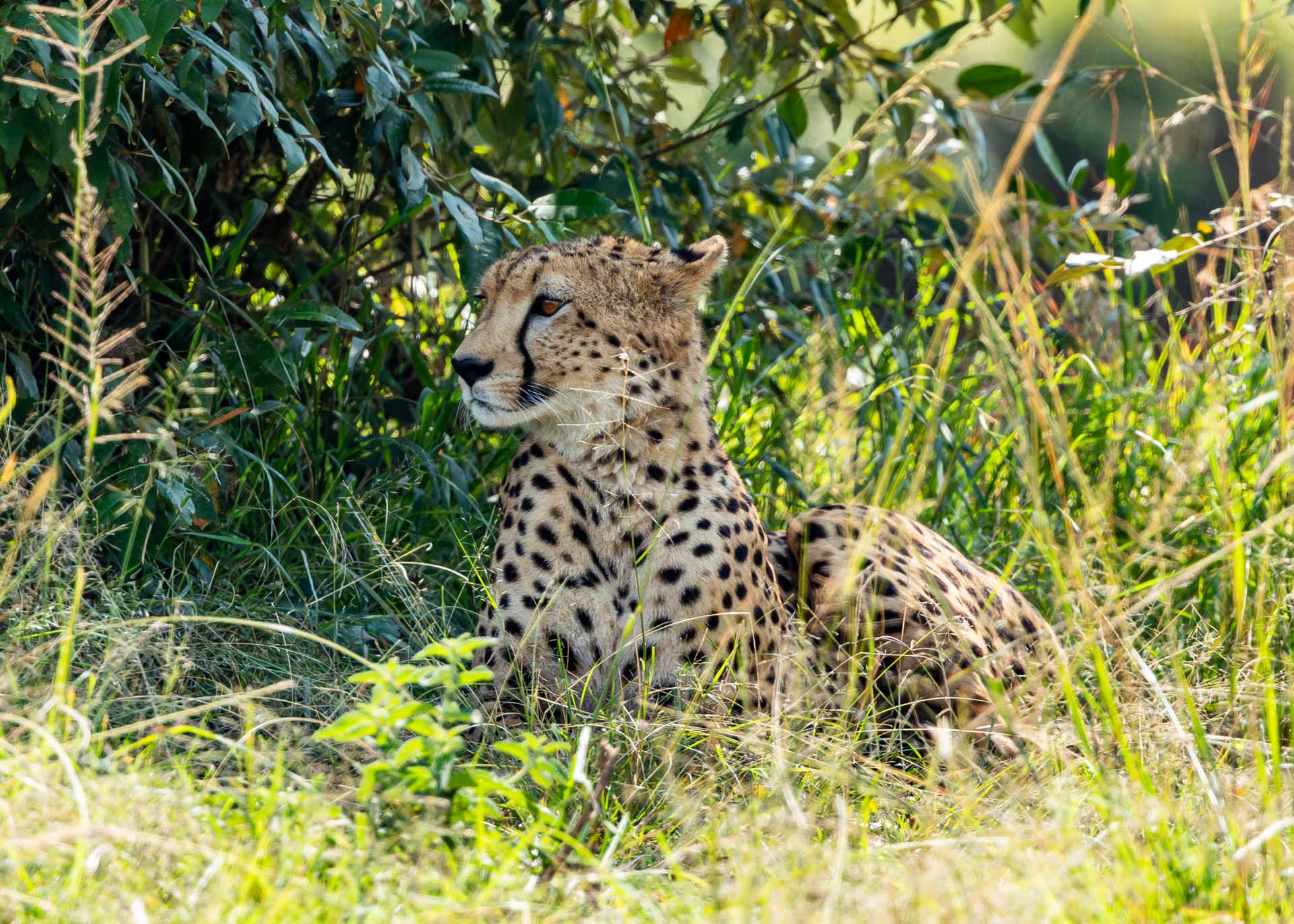
With their mighty weight and size advantage, elephants can be bullies, and even the top predators in these savannahs are not exempt. The Angama lioness and her cubs were surprised by this male elephant, who quickly reminded them of who the boss was in these parts. The Angama lioness continues to do a great job raising these two young male cubs as we watch them grow into sub-adults.
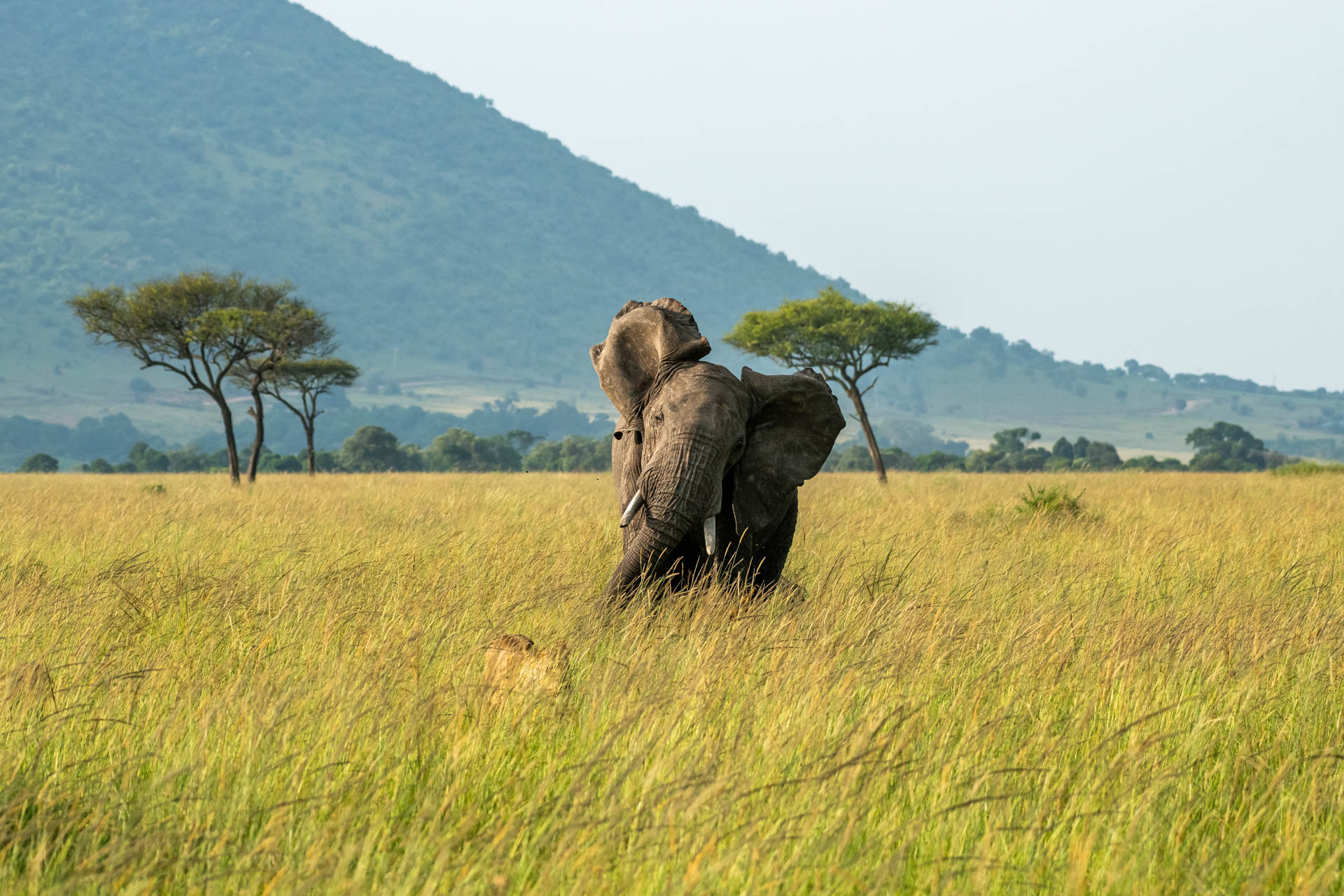

Mostly found in wetlands, marshes, lakes, and rivers, the African openbill is an elegant wading bird easily recognised by its distinctive bill shape, which has a gap between the top and bottom parts. It’s not uncommon to see these birds in a karate-like pose, drying their feathers after fishing for their favourite diet, which mainly consists of aquatic snails and molluscs.
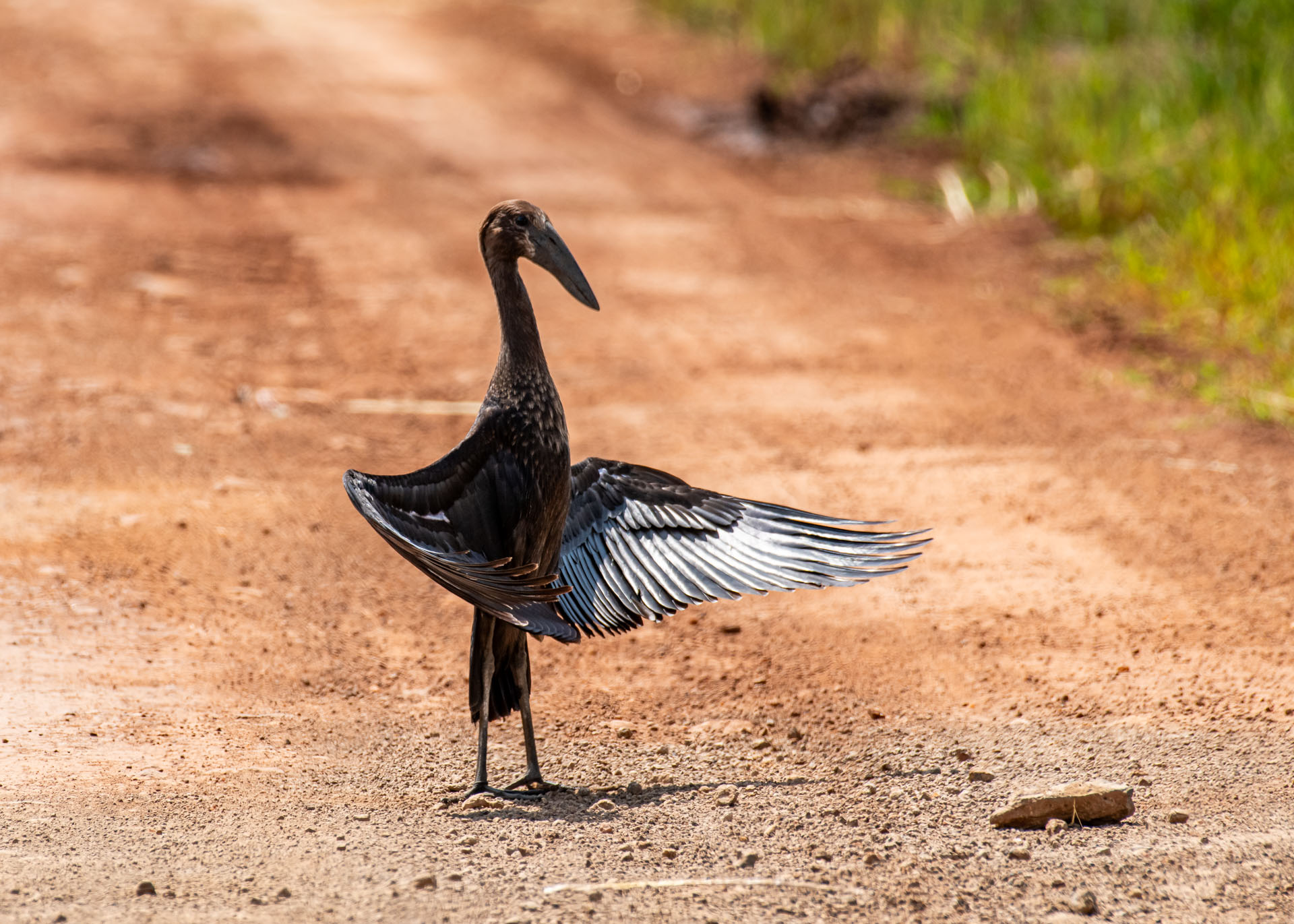
With the Mara River substantially lower after the heavy rains we experienced in the previous weeks, the Bila Shaka males have now crossed back into the Triangle. Aboard a balloon floating above the Triangle, we spotted two of the males walking on the road in the Maji ya Ndege area. These boys won’t be happy when they catch up with the Nomad male and the Owino male, who are currently mating with females of the River Pride, which has been their territory.
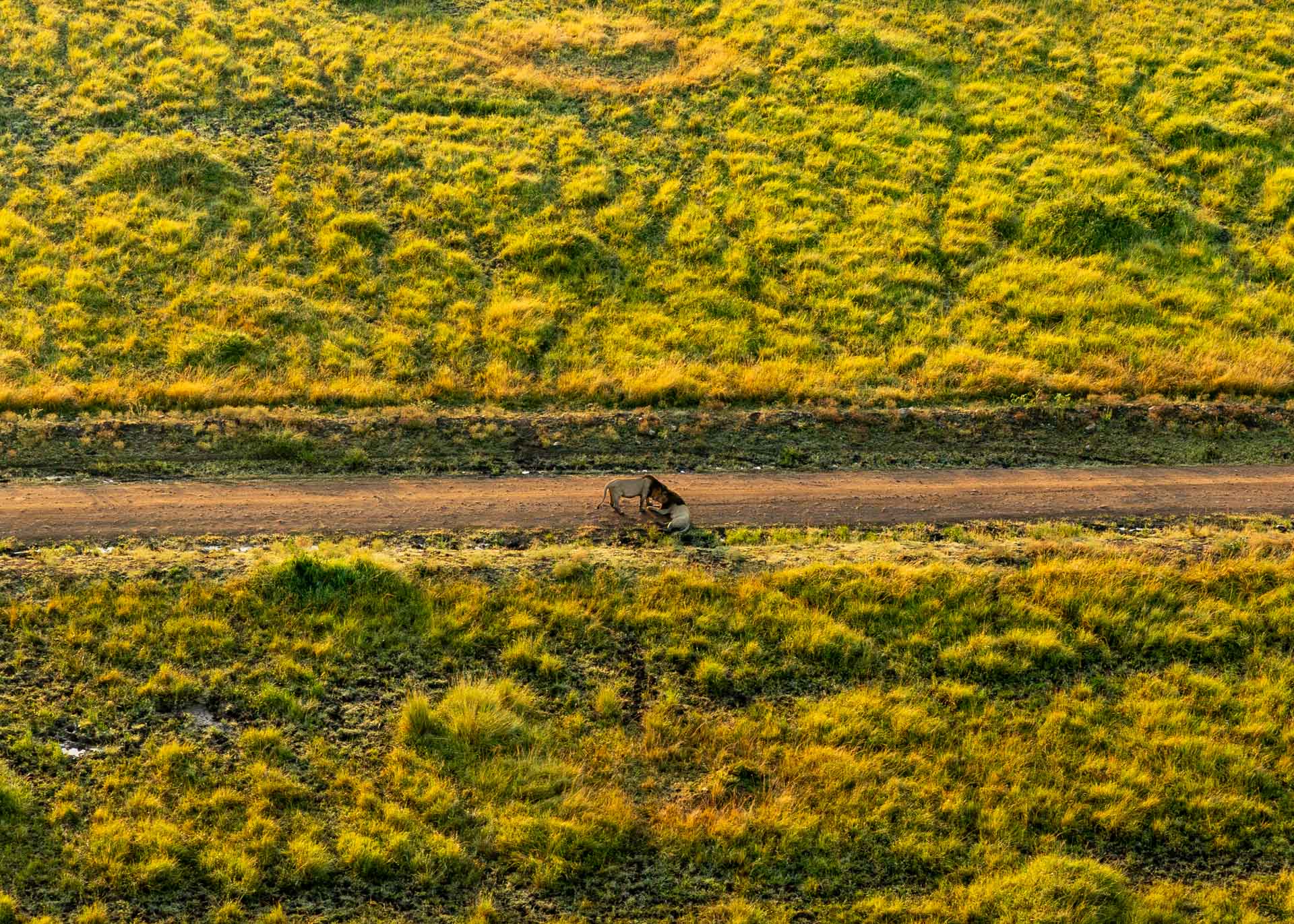
The tawny eagle is a member of the 'booted eagle' group, meaning they have heavily feathered legs, and is a handsome medium-large bird of prey. They prefer open, dry habitats, and their diet ranges from scavenging fresh carrion to making their own kills, anything from rabbits, small reptiles including lizards and snakes, and birds such as francolins and bustards. With its powerful wings, a prominent beak and powerful talons, this eagle carried away its helmeted guineafowl prize to devour in peace safely on the ground.
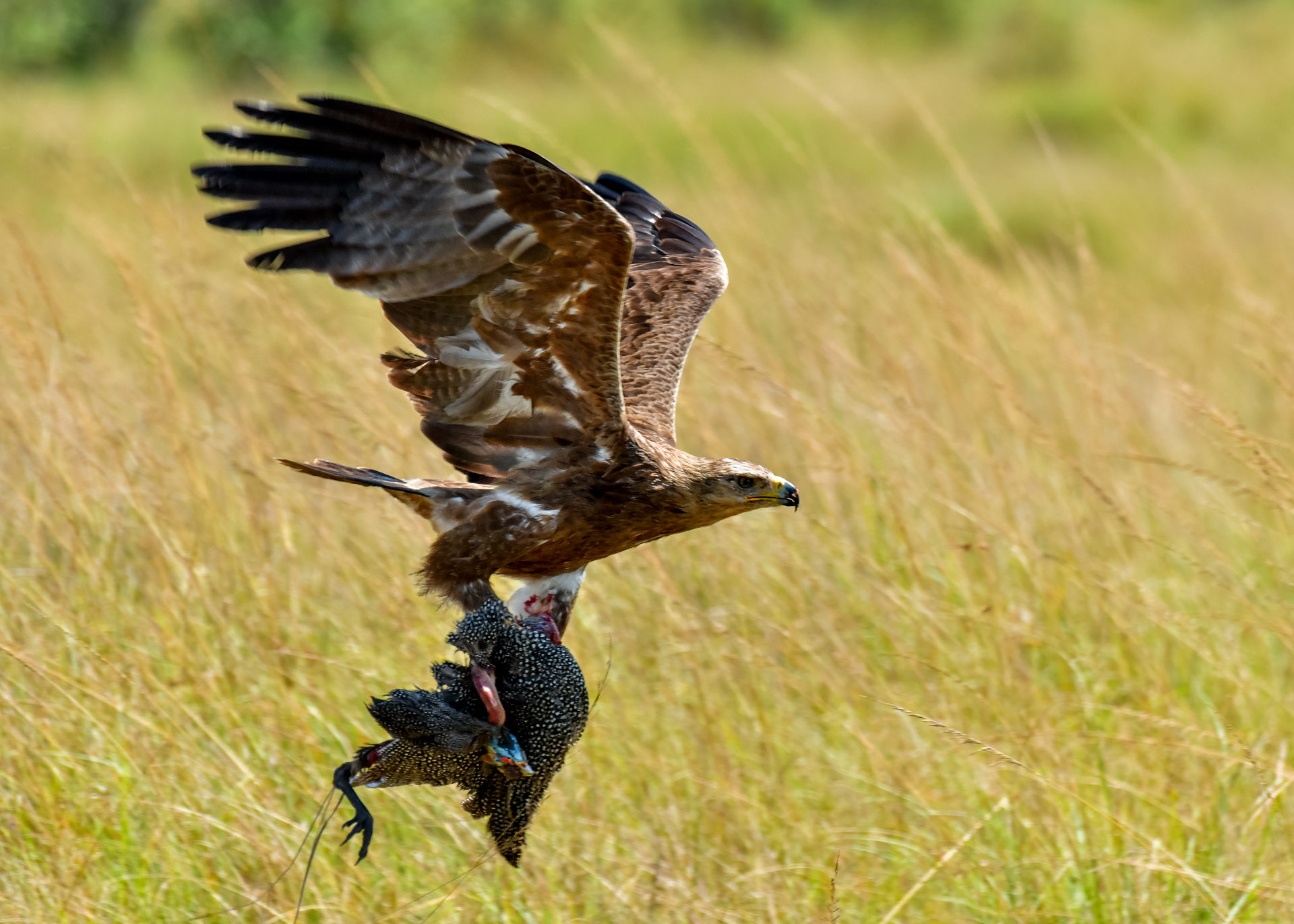
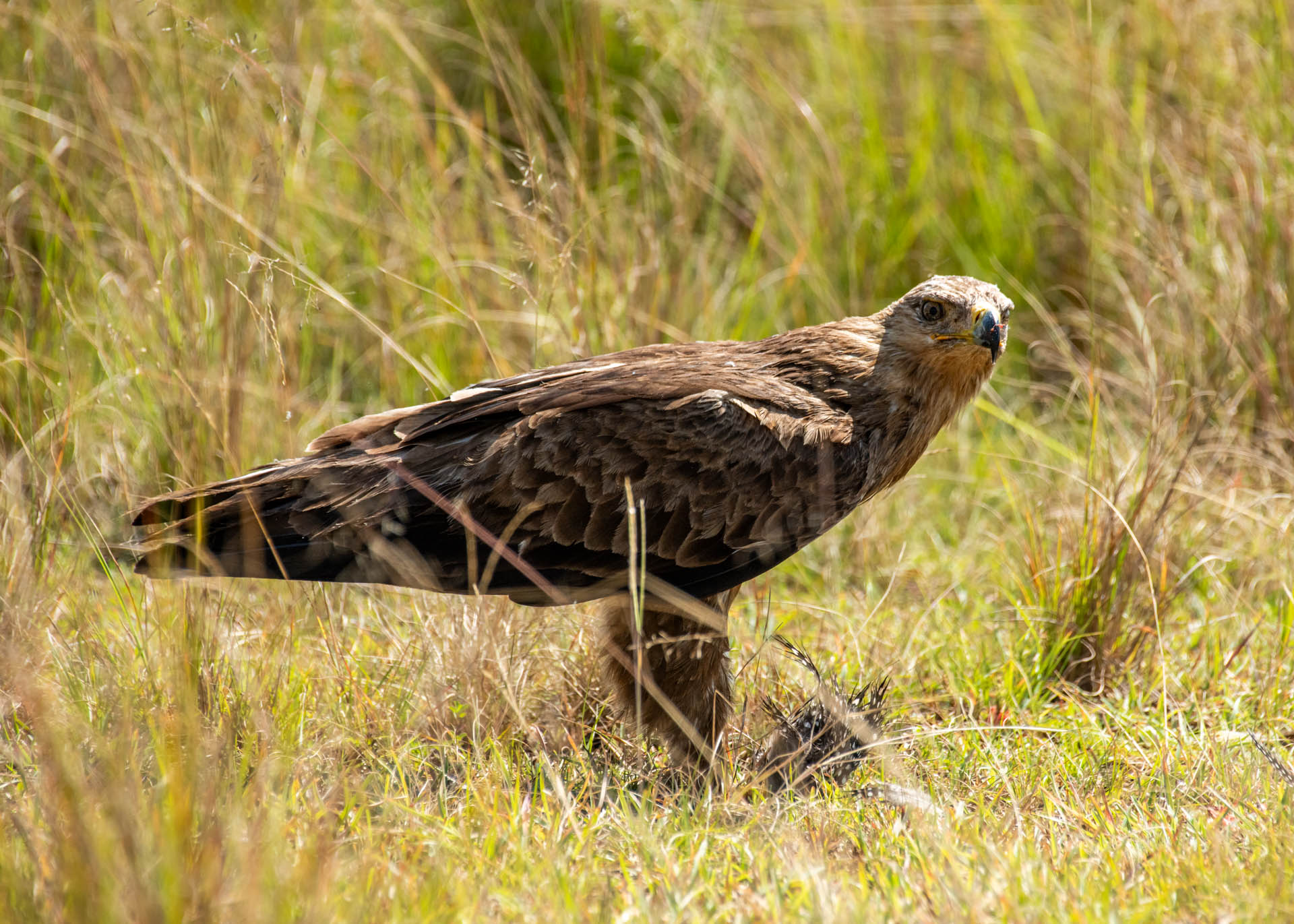
The Maasai Mara is not synonymous with big Tuskers, especially compared to the likes of Craig in Amboseli National Park. So coming across this impressive elephant in the Mara Triangle is quite a treat. It's hard to believe this elephant once had tusks as small as this youngster. –Robert Sayialel

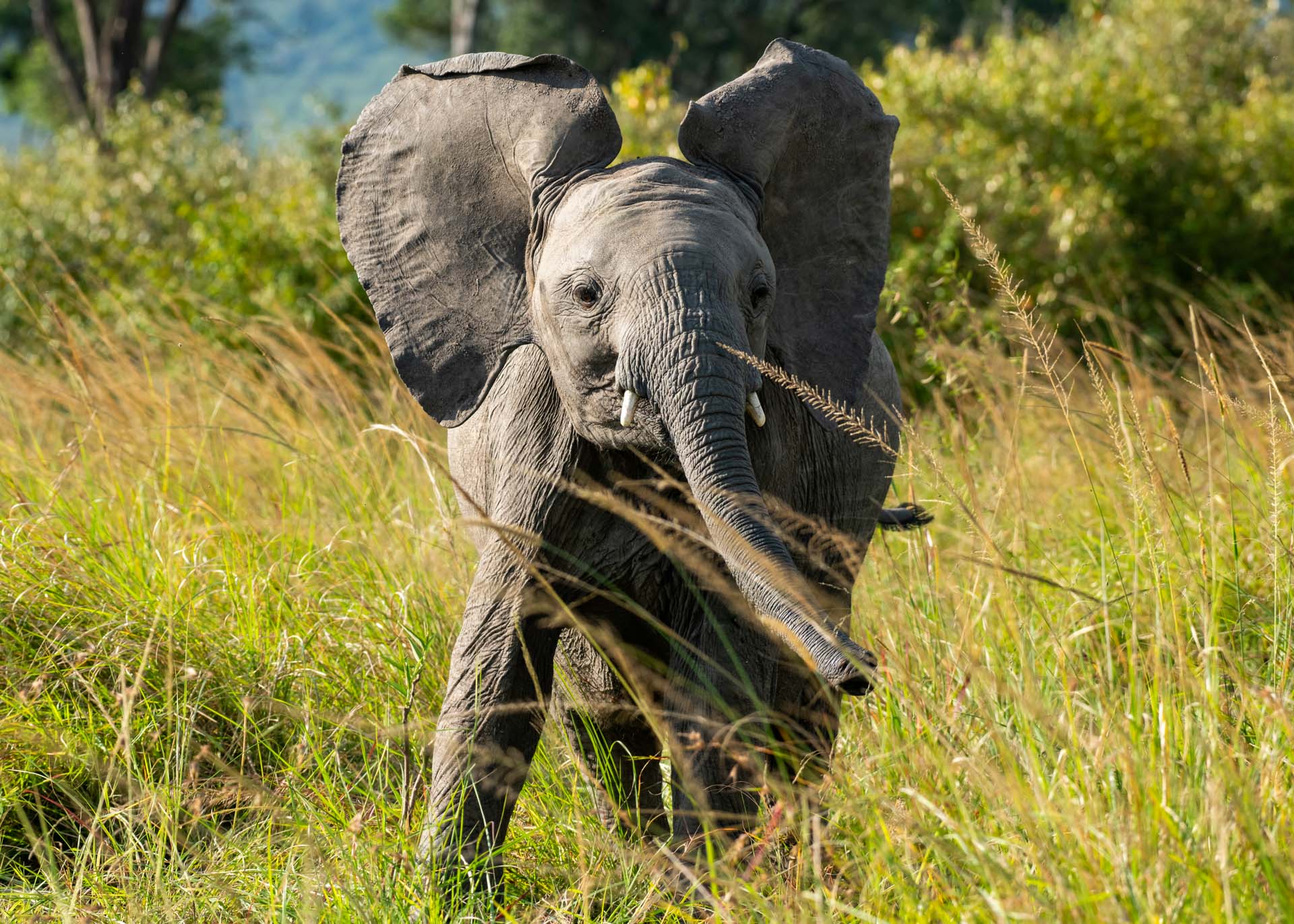
Filed under: This Week at Angama
Subscribe for Weekly Stories
Comments (0):
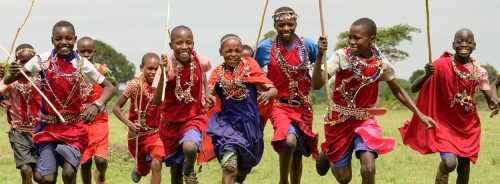
The Angama Foundation